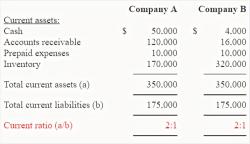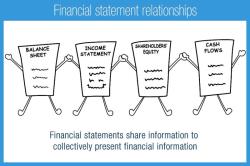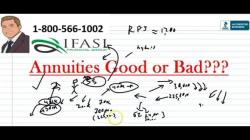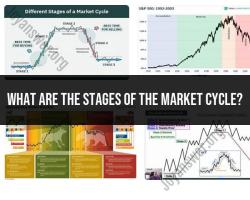What is the expected return of a stock?
The expected return of stocks is a fundamental concept in finance that represents the anticipated average return an investor can expect to earn from investing in a particular stock or a portfolio of stocks over a certain period of time. It's a crucial measure for assessing the potential profitability of an investment. Here are key insights to help you decode the expected return of stocks:
1. Components of Expected Return:The expected return is composed of two main components:
- Capital Appreciation: The increase in the stock's price over time.
- Dividend Income: Any dividends paid by the company to its shareholders.
2. Risk and Reward Trade-off:The expected return is closely linked to the level of risk associated with an investment. Generally, stocks with higher expected returns tend to carry higher levels of risk. Investors often seek a balance between risk and reward when building their portfolios.
3. Historical vs. Expected Return:Expected return is a forward-looking measure that considers an investor's projections of future performance. Historical returns, on the other hand, are based on past performance. Expected return takes into account both historical data and current market conditions.
4. Factors Influencing Expected Return:Several factors influence the expected return of stocks:
- Economic Conditions: The overall health of the economy can impact a company's revenue and profitability, affecting its stock price.
- Industry Trends: The performance of specific industries and sectors can influence stock returns.
- Company Performance: Factors like earnings growth, revenue growth, and management decisions play a role in determining a company's expected return.
- Market Sentiment: Investor perceptions and market sentiment can cause stock prices to fluctuate.
5. Calculating Expected Return:There are multiple methods to calculate the expected return, with two common approaches:
- Historical Average: Calculating the average historical return over a specific period.
- Expected Value: Multiplying the potential returns in different scenarios by the probabilities of those scenarios occurring, then summing them up.
6. Diversification and Portfolio Expected Return:For investors with diversified portfolios, the expected return is calculated as the weighted average of the expected returns of individual stocks in the portfolio. Diversification helps manage risk and optimize the overall portfolio expected return.
7. Relationship with Risk:Expected return is often used in conjunction with measures of risk, such as standard deviation or beta. These measures help investors understand the potential fluctuations in returns and the risk-adjusted return potential of an investment.
8. Estimating Returns:Investors and financial analysts use various methods to estimate expected returns, including fundamental analysis, technical analysis, and market research. Forecasting returns requires a combination of quantitative analysis and qualitative judgment.
9. Realistic Expectations:It's important to have realistic expectations about expected returns. Historical returns might not be indicative of future performance, and market conditions can change unpredictably.
In summary, understanding the expected return of stocks is essential for making informed investment decisions. Investors should consider risk, historical performance, economic conditions, and company-specific factors when estimating the potential returns of their investments. It's advisable to consult with financial professionals or conduct thorough research before making investment decisions.













